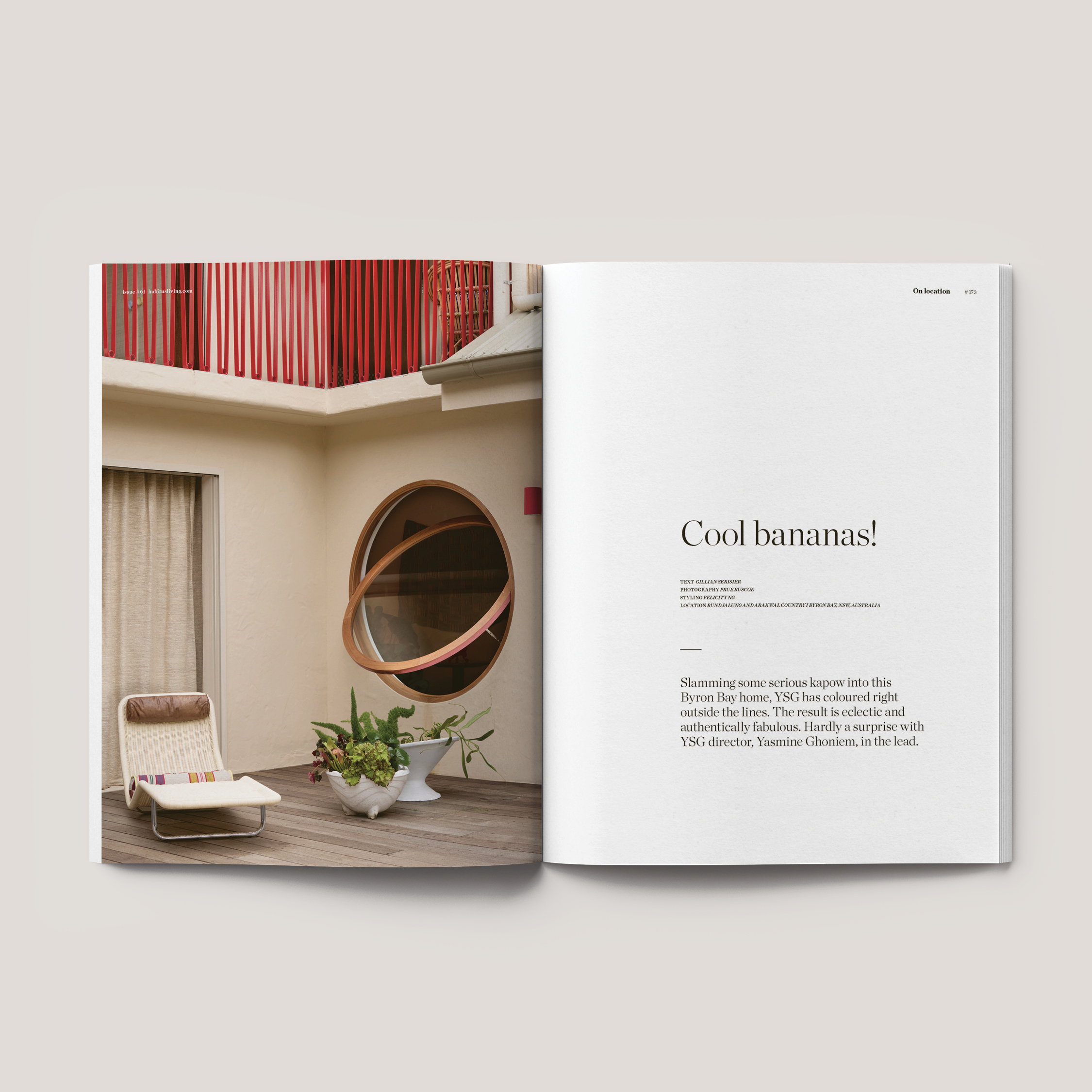Furniture maker and textile designer, Isabel Avendano Hazbun presented an exhibition at Melbourne’s Meat Market titled, Industry, in November that brought new life to sustainable materials. Incorporating timber and rubber into her creations, Avendano Hazbun’s furniture and lighting dazzled with their size and form, and surprised with their sustainability credentials.
All products can be flat-packed – even the giant-sized four-metre-wide Big Dimple at the entrance to the exhibition. Big Dimple is made from blonde jelutong, using gravity and precise, sliding dovetail joints. At the exhibition it was suspended from the ceiling using hundreds of metres of recycled tyre inner tubes that had been braided together using machines, made by Avendano Hazbun, Big Dimple’s glue-free semi-circular form reflects the idea of the circular economic model Avendano Hazbun presented throughout Industry.
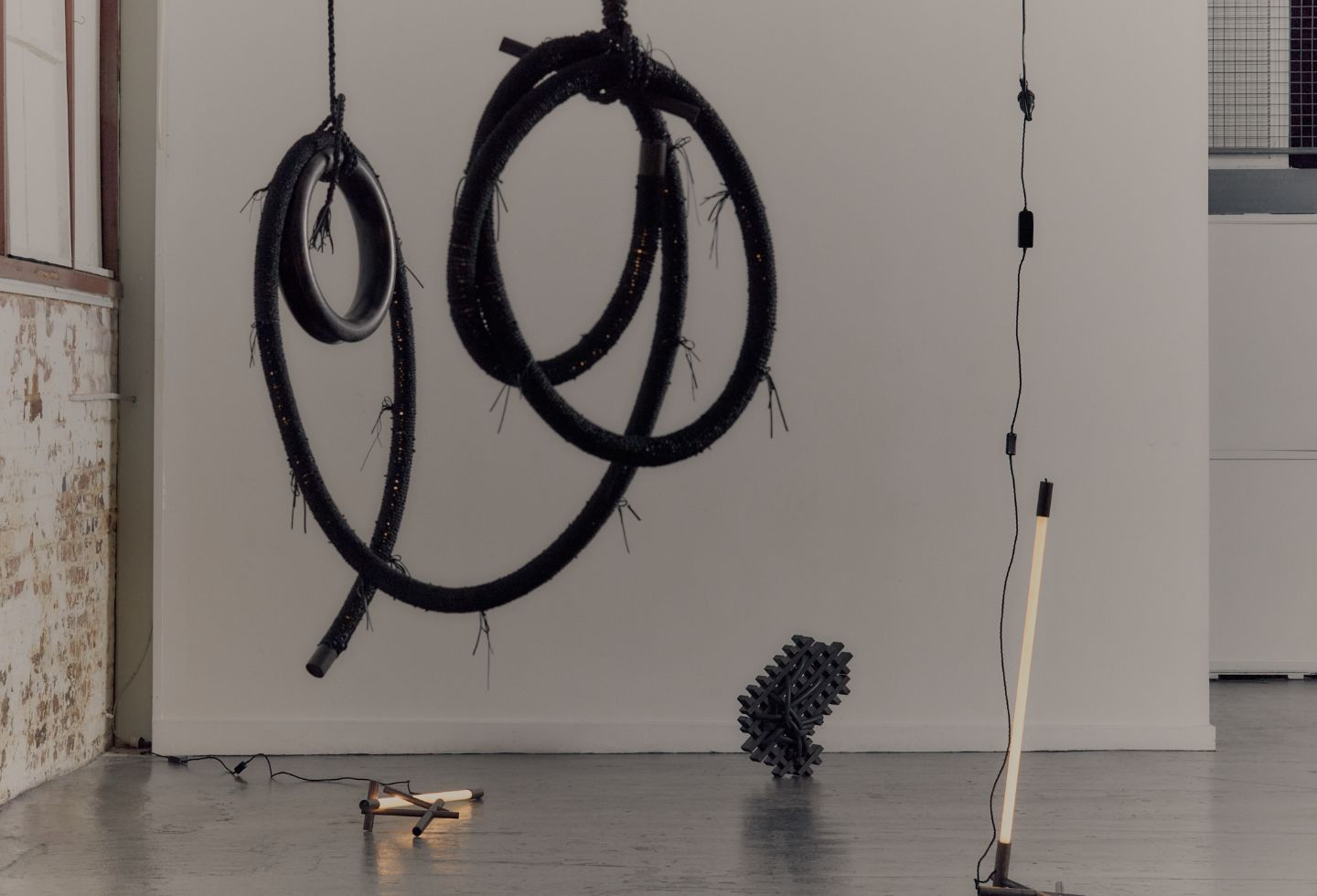
Within the exhibition, there were three rooms that each speak of different aspects of a unified language. From the grandeur of Big Dimple to a ubiquitous material, discarded sawdust. Using custom multi-part moulds and extreme pressure, Avendano Hazbun bonded the cellulose in timber fibres, producing circular sculptural forms and practical packaging solutions that can be disposed in residential composting bins.
“I am a control freak when it comes to my timber work, but in pressing this new composite material into a mould I lost complete control of what was happening. There was something liberating about that, I had no control of what was going to happen when I took it off the mould,” says Avendano Hazbun.
The dust is coloured with plant-based natural dyes such as turmeric, gardenia, chlorophyll, saffron and eucalyptus evolved by the artist.
The third room was more dramatic in tone and showcased works constructed from ebonised Tasmanian oak. Referencing bicycle production, the forms are constructed with hollow octagonal tubing bound together by discarded, woven and inflated inner tubes. Ship-building traditions are referenced in lattice bench seats, reminders of the whaling industry. Lights have been created with recycled fluorescent tubes giving the product an extended life, the joinery is glue-free and rubber lashings hold everything together.
Related: Looking at time and matter through a mythic lens
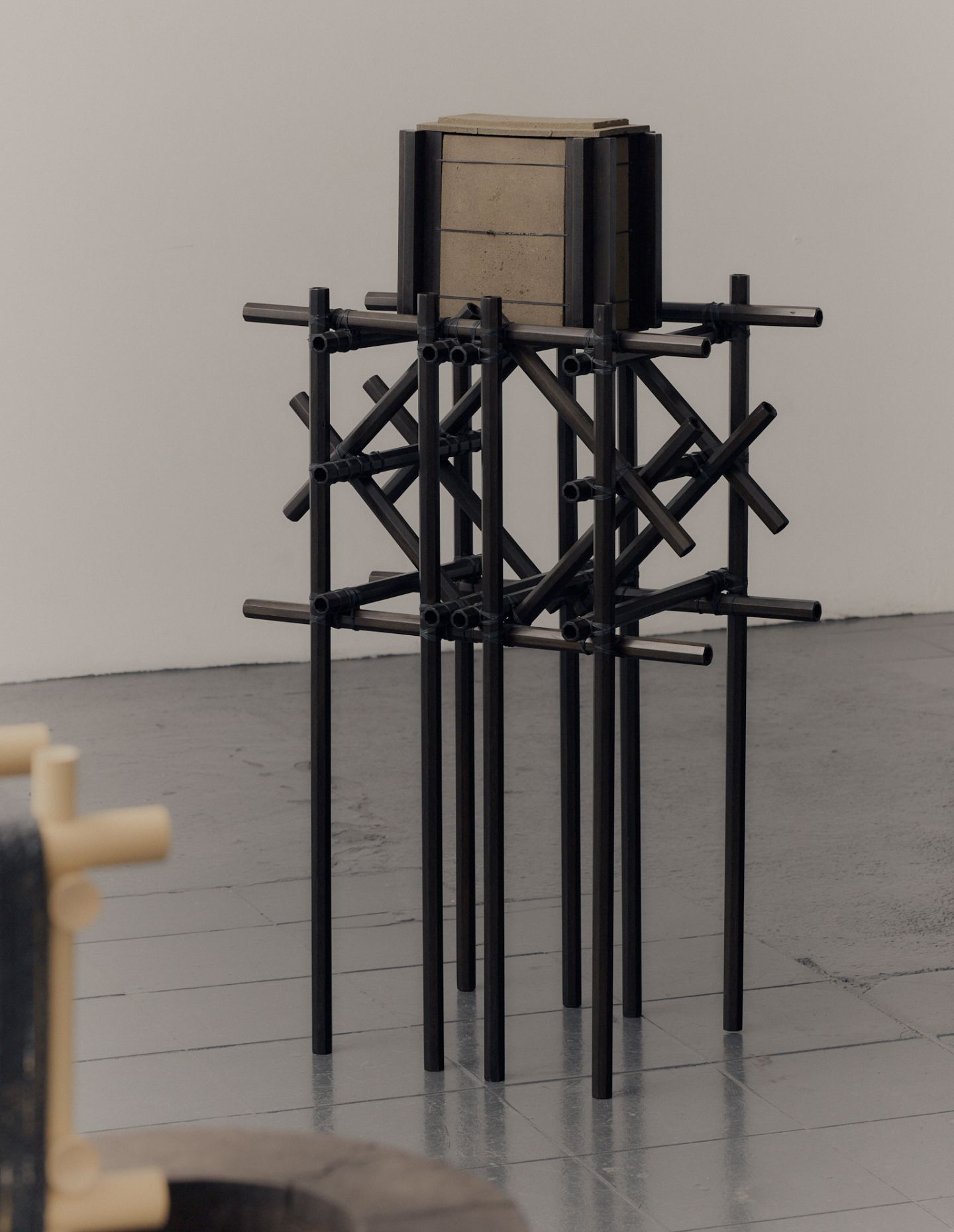
“As a maker I’ve come really far. I don’t think I’d be able to do this a couple of years ago,” says Avendano Hazbun. “There’s a lot of myself in it, in the time that I put in, the physical effort of being awake for 18 hours to finish something.”
Impressively inner tubes have been re-invented as a material referencing Avendano Hazbun’s background in textile design.
From Columbia, and now living in Melbourne, Avendano Hazbun is an interdisciplinary artist trained as a textile designer and fine-furniture maker. Her practice focuses on creating high-quality, considered work that addresses the environmental responsibilities of makers and consumers. Avendano Hazbun mainly uses discarded and repurposed materials as a medium, and skilfully manipulates and transforms waste into contemporary pieces.
While the exhibition is now over, watch for further displays of Avendano Hazbun’s work. This is an artist who is pushing boundaries and not afraid of form, whether it is large or small. Considering the planet and our dwindling resources, Avendano Hazbun is is designing for the future creating beauty from waste and turning it into outstanding and desirable objects.
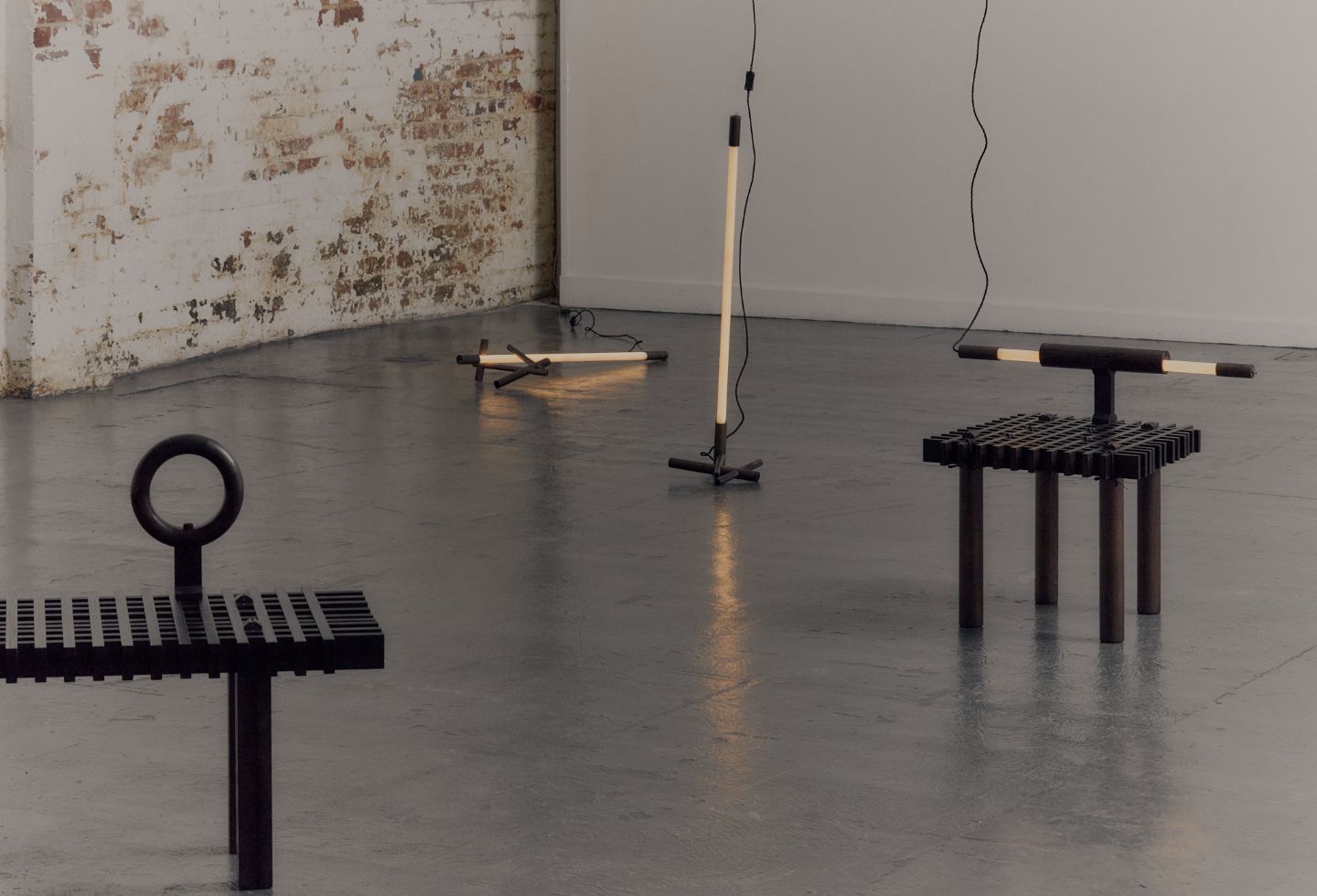
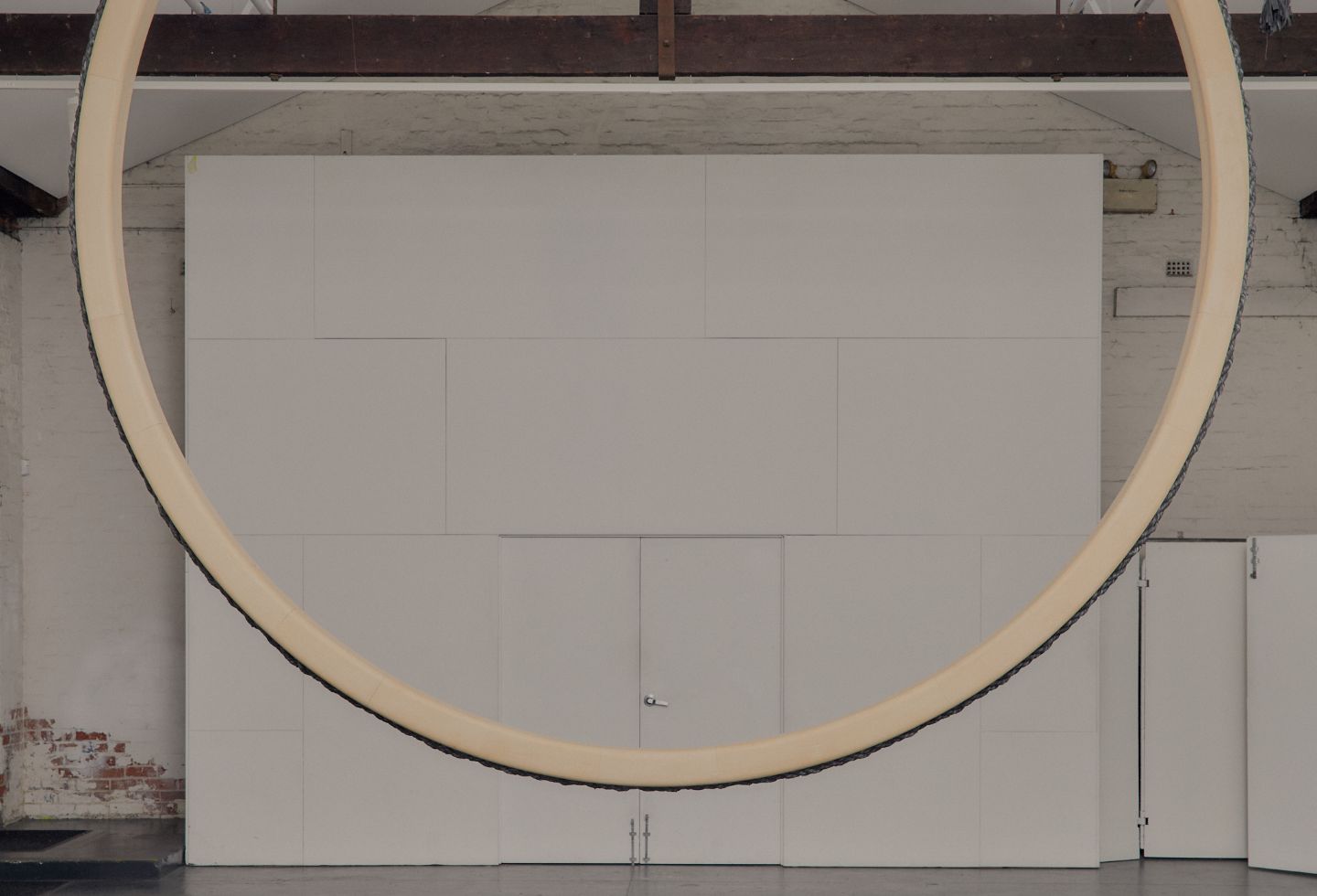
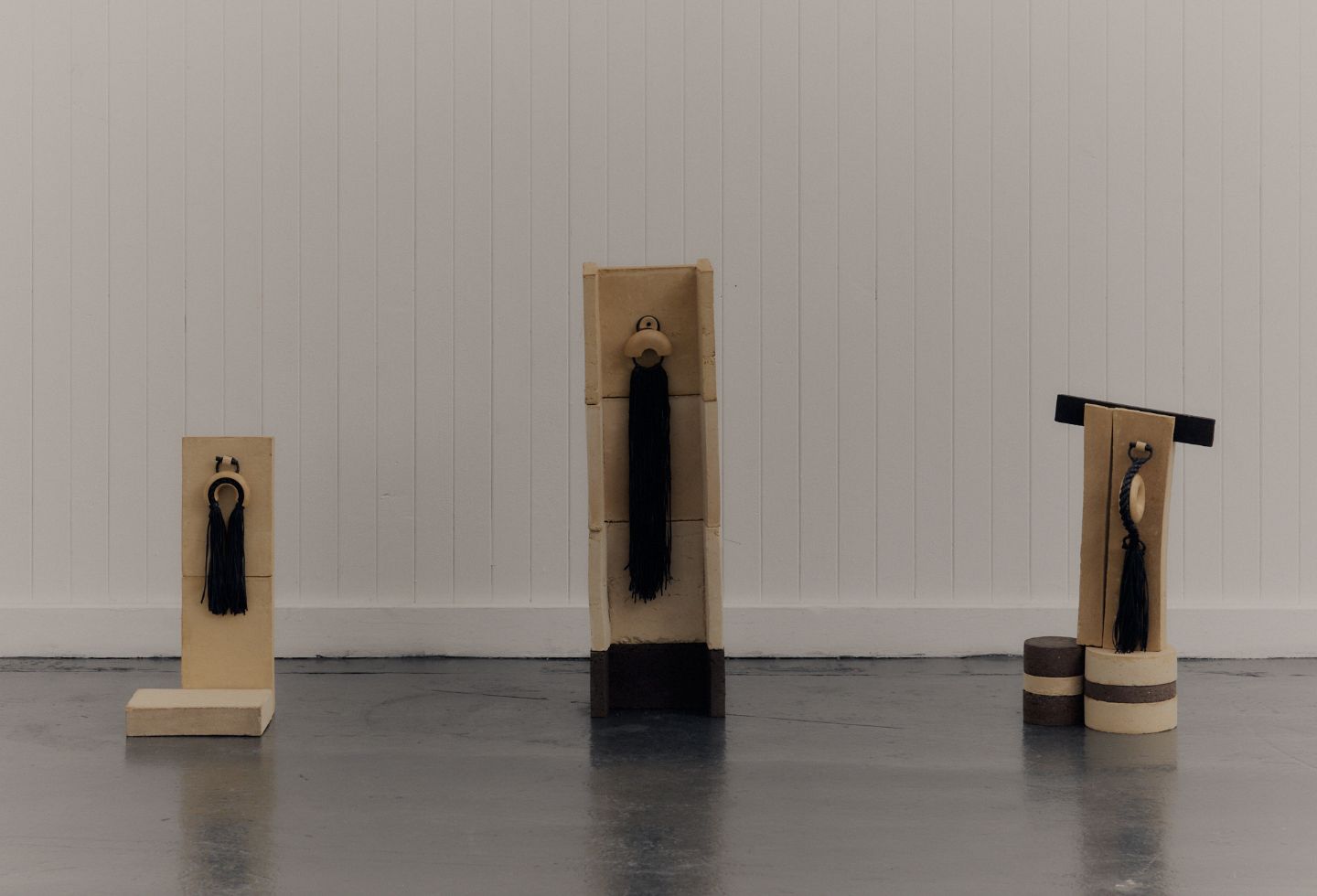

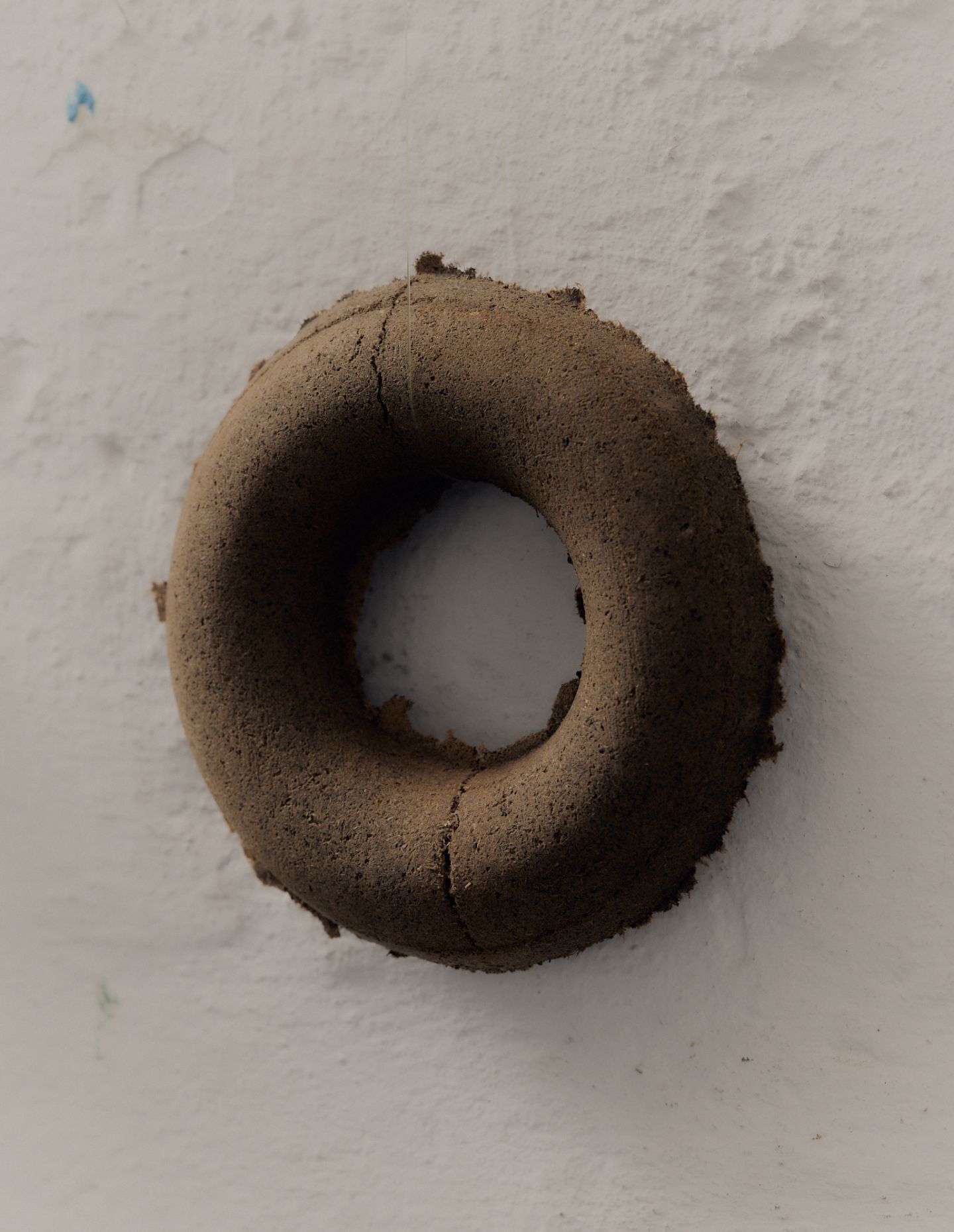
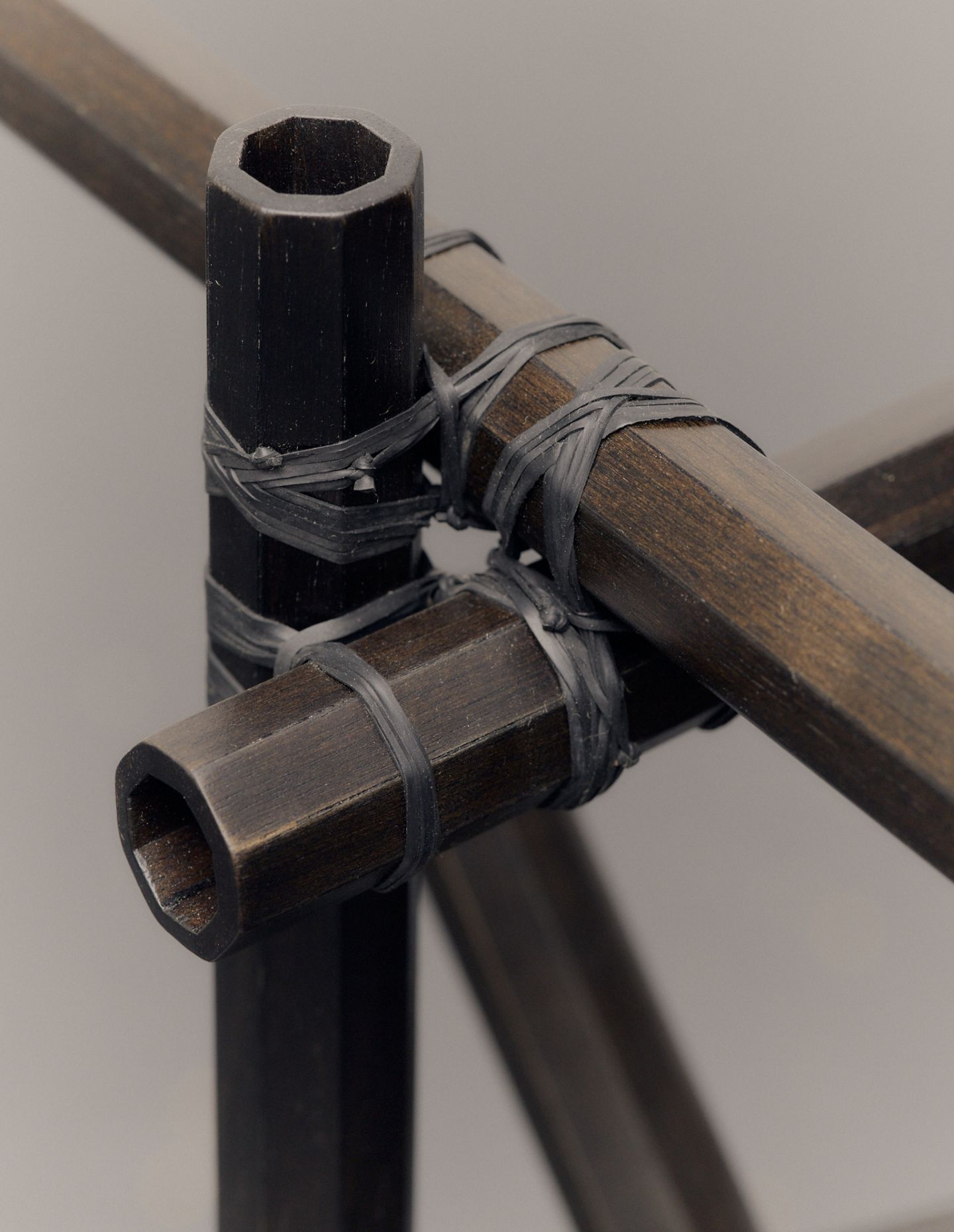
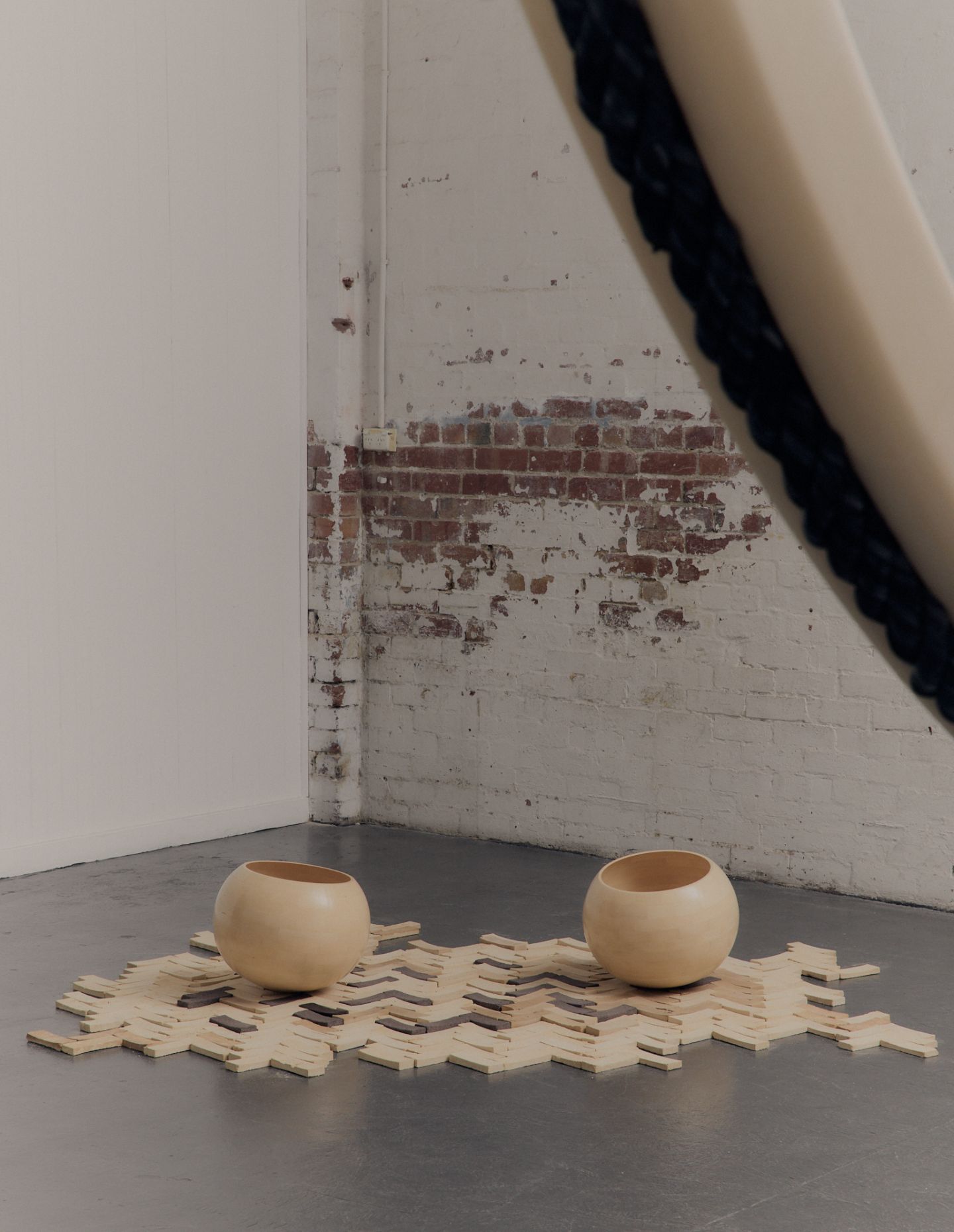
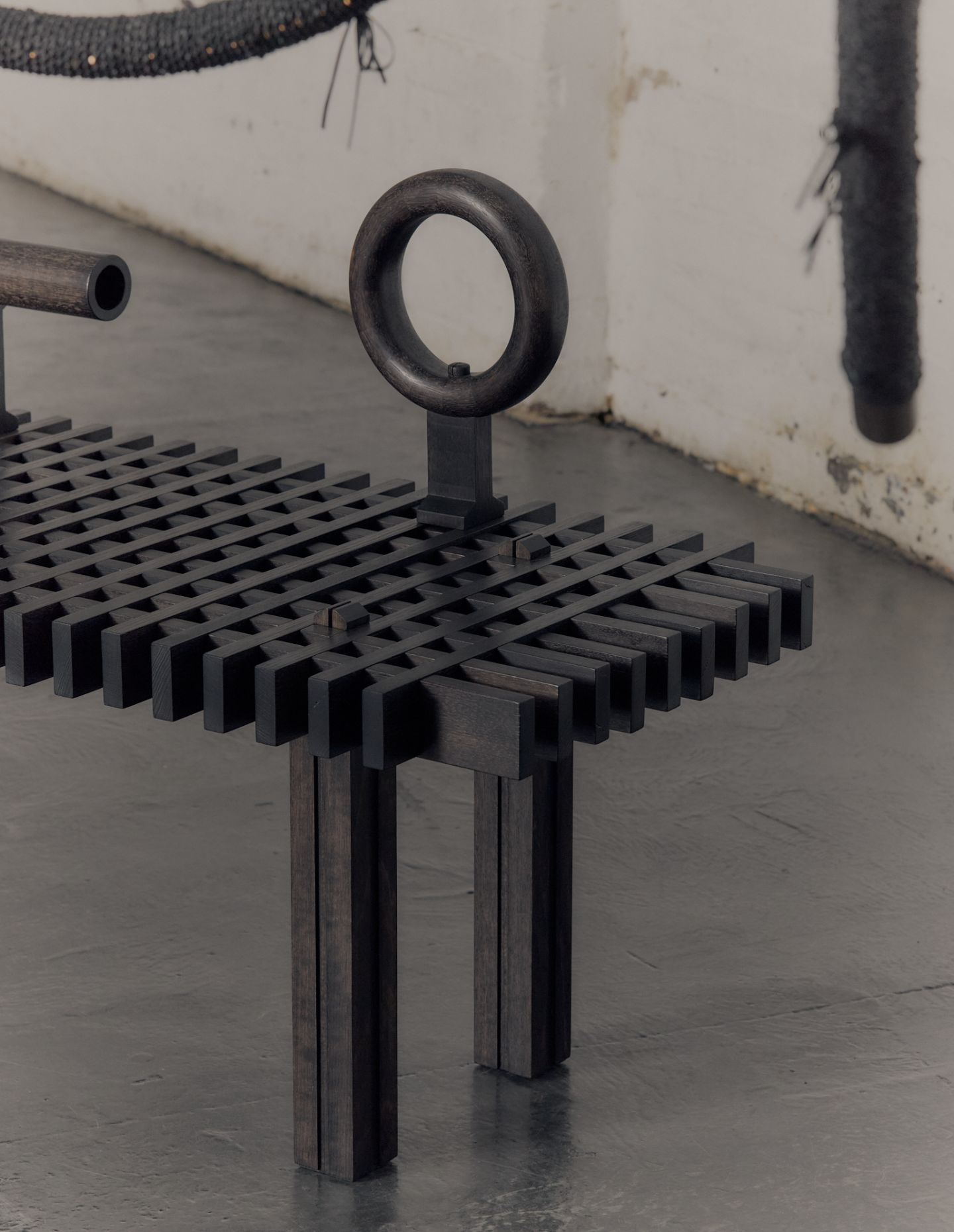
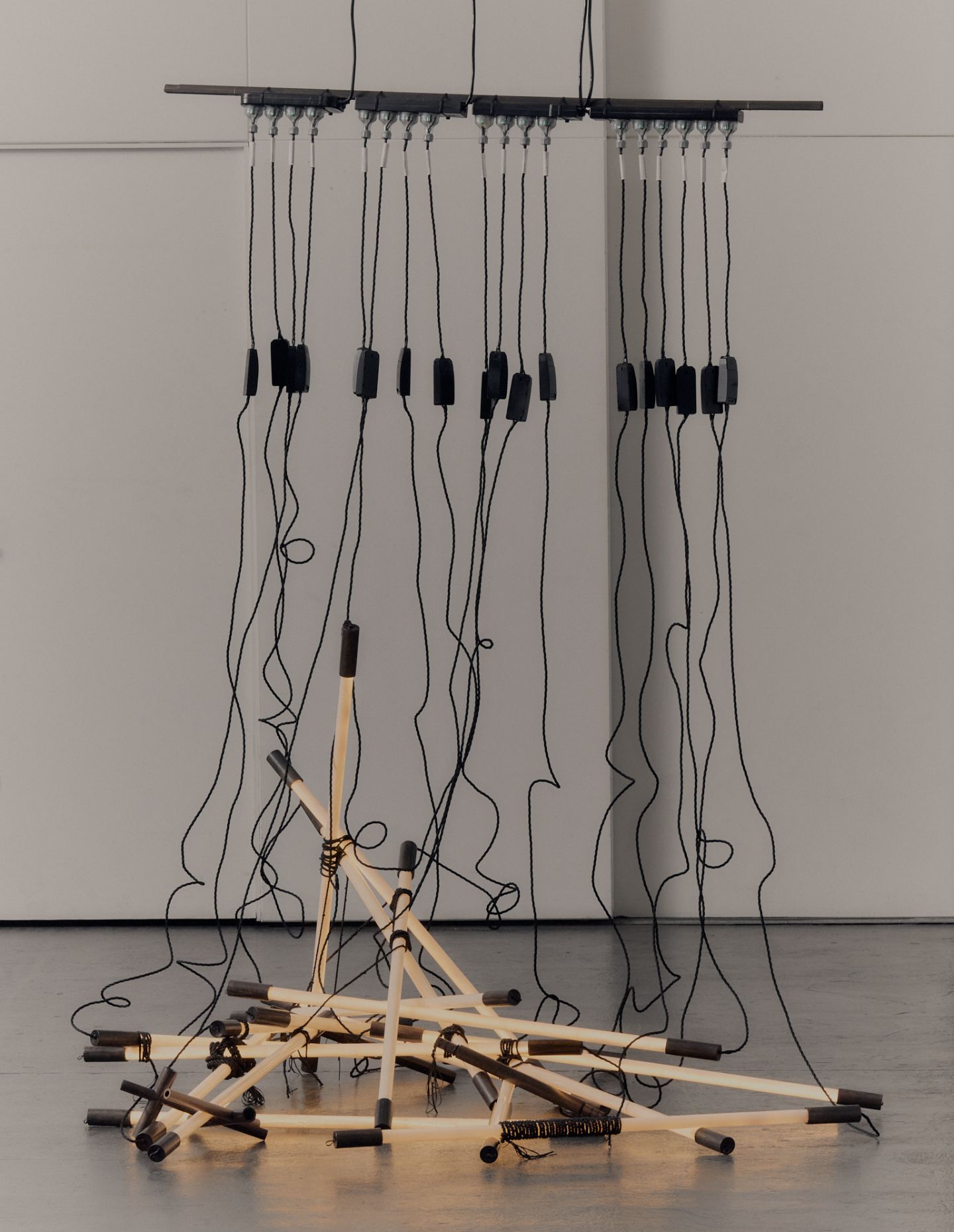
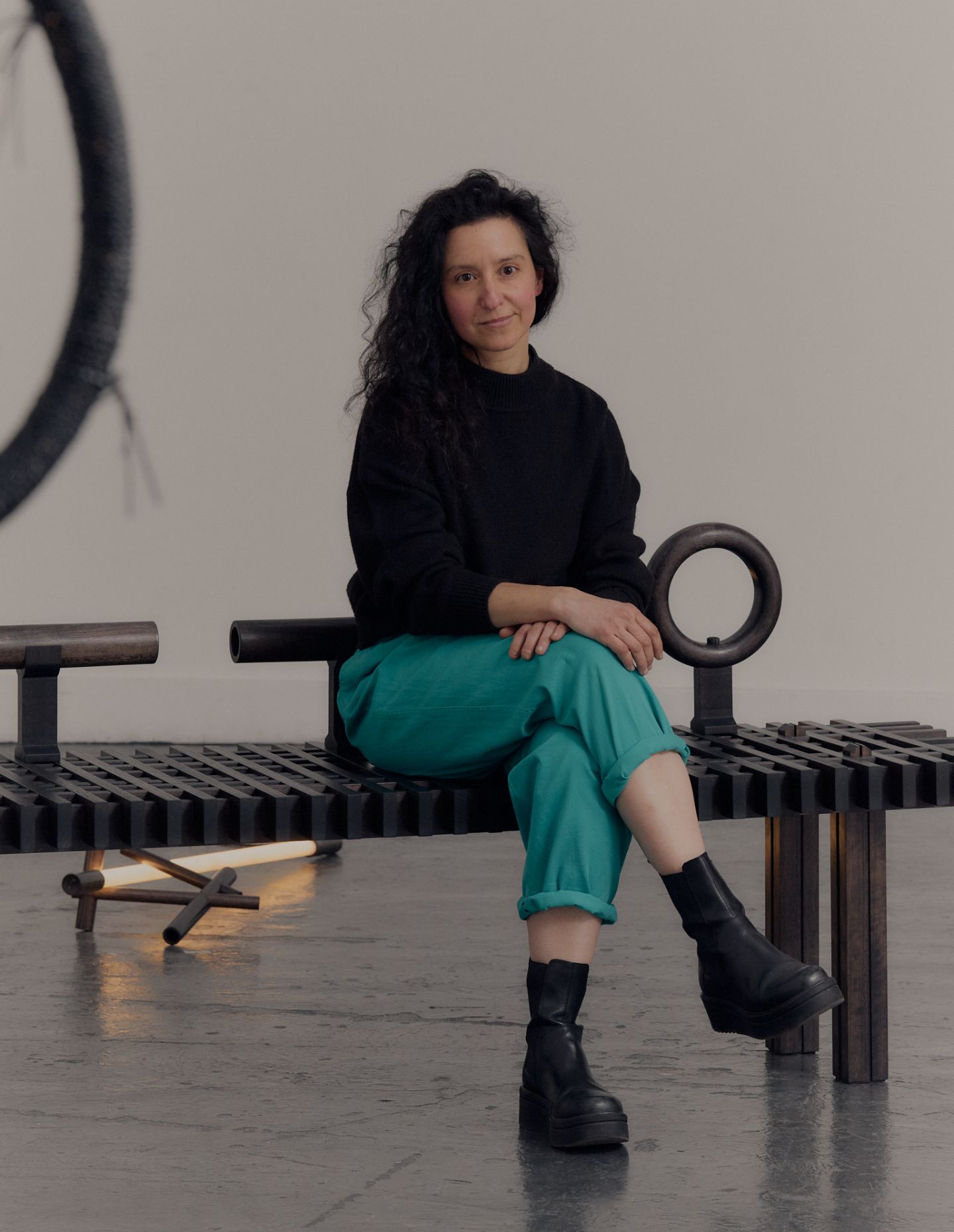
Next up: The Oro collection from Just Adele
